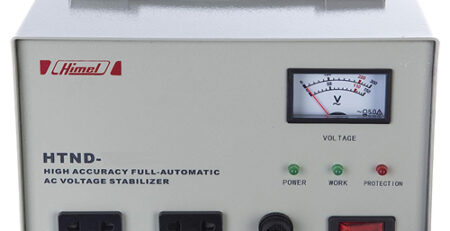High Voltage Line Construction – Basics of Electric Power Transmission
electricity
Electricity distribution can also be referred to as electric power transmission, and this is generated by power plants to substations which are dispersed throughout any areas of high population. There are three major grids in North America that require high voltage line construction and maintenance. These include the Western Interconnection, the Eastern Interconnection, and the ERCOT or Electric Reliability Council of Texas. Between these three major power grids, electricity is supplied to the entire continent. Those who are interested in a career maintaining these power lines would most likely start their work within one network, near a larger metropolitan area where power lines are dense.
Throughout much of the history of high voltage line construction, the transmission and distribution lines belonged to one company. However, with an increase in the freedom that is allowed in the electricity market, there are now separate electricity transmission companies from distribution companies. The transmission companies are usually the ones that are in charge of the construction of any high voltage power lines, as opposed to distribution companies; although in the past the two would go hand in hand.
When looking at the differences in high voltage line construction and different transmission lines that are used, you will notice that there are different types of alternating current, or AC, which are possibilities. In most cases, they use the three-phase AC, although you will also see one-phase alternating current used mainly in railway electrification systems. Submarine power cables are used for long distances, while high-voltage lines are used for the longest distances, usually over 400 miles in length.
The reason why high voltage is used for the transmission of energy is because it helps lower the energy that is lost in this long distance type of transmission. These high voltage line construction projects take place through overhead power lines, because underground power stations can involve a far higher cost. It takes greater manpower as well as different types of tools entirely to construct underground power stations and transmission lines. Those interested in becoming power line technicians will need to learn more about the ins and outs of all of these various possibilities, as well as familiarize themselves with the major distribution and generation networks before they will find success working in this field. It is also essential to have the right power tools, so that you can be certain that you are following the right safety procedures.
Source by Jerry Seaman













Leave a Reply
You must be logged in to post a comment.